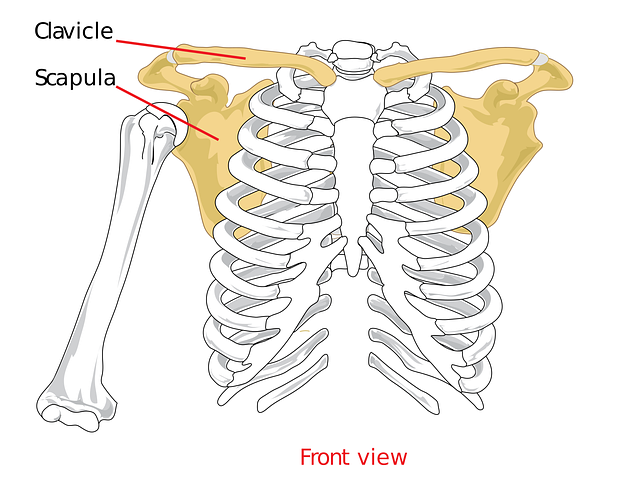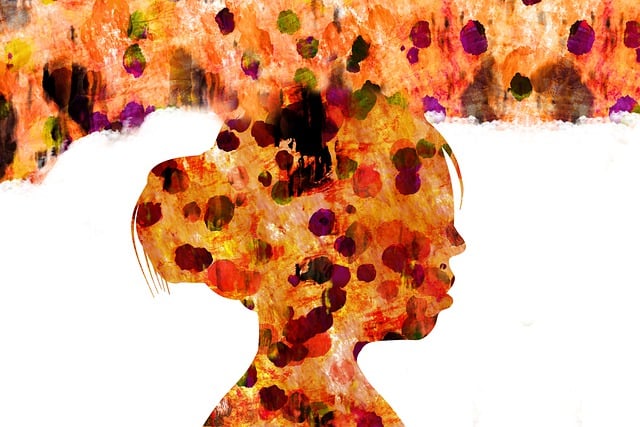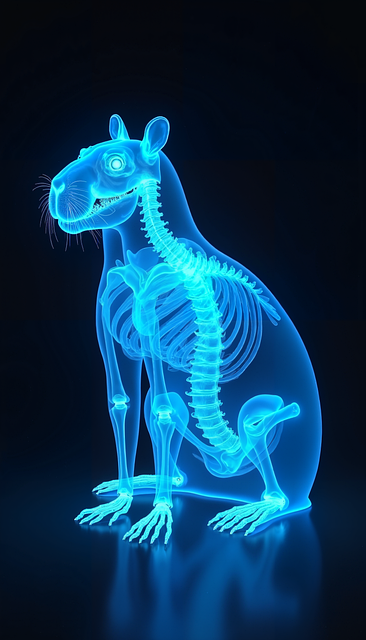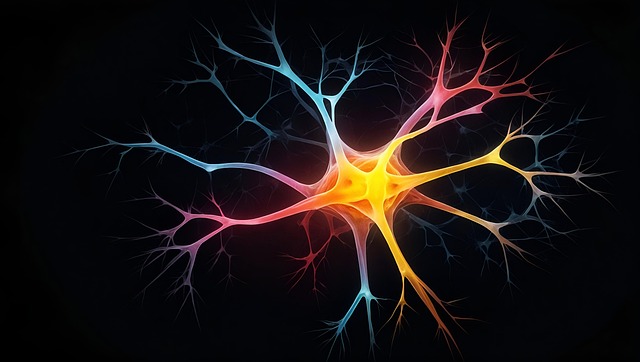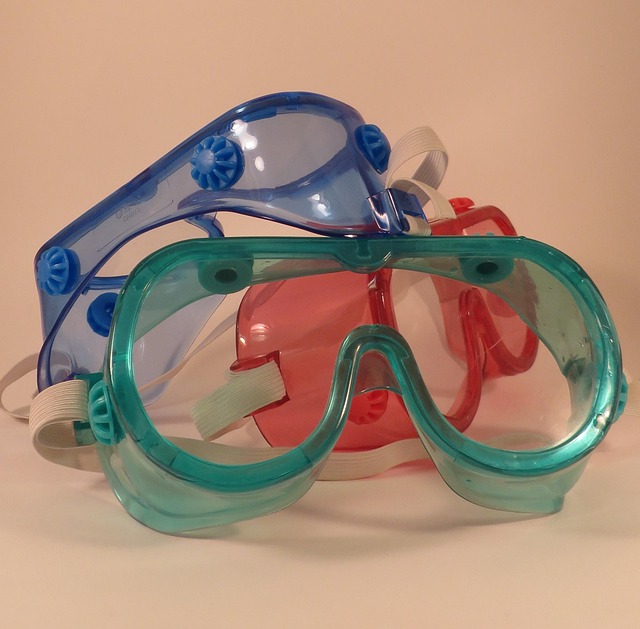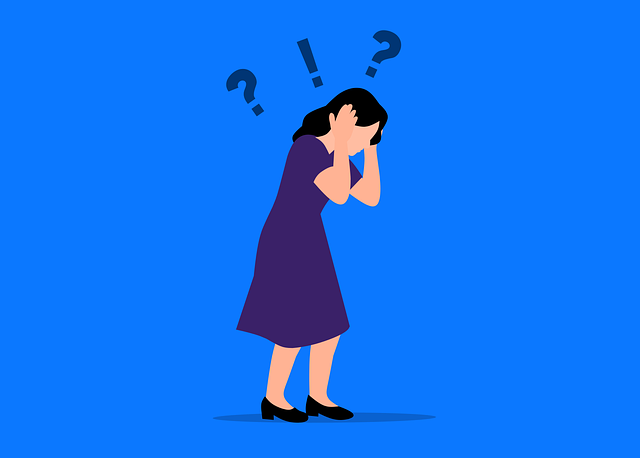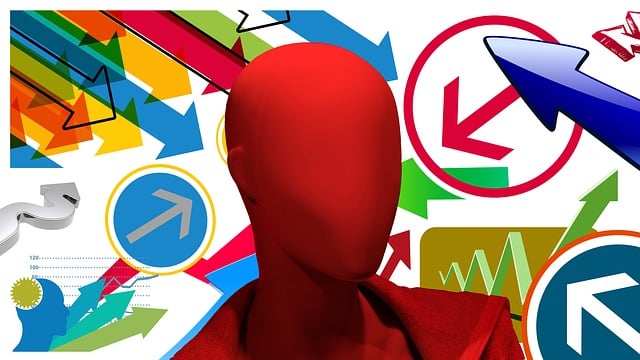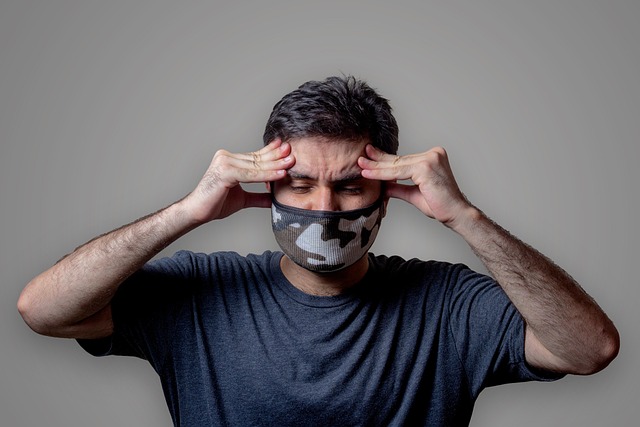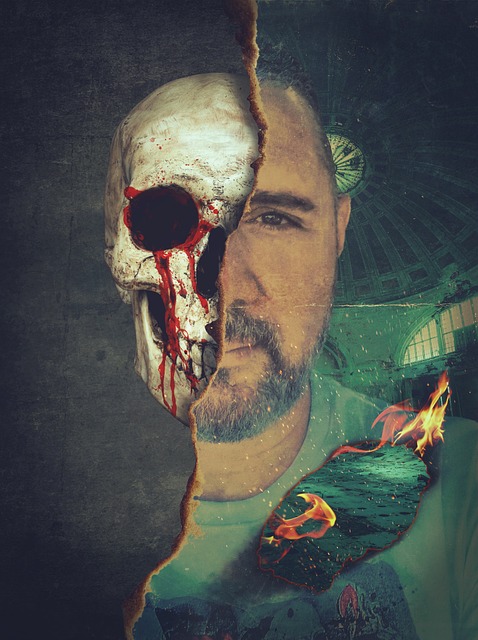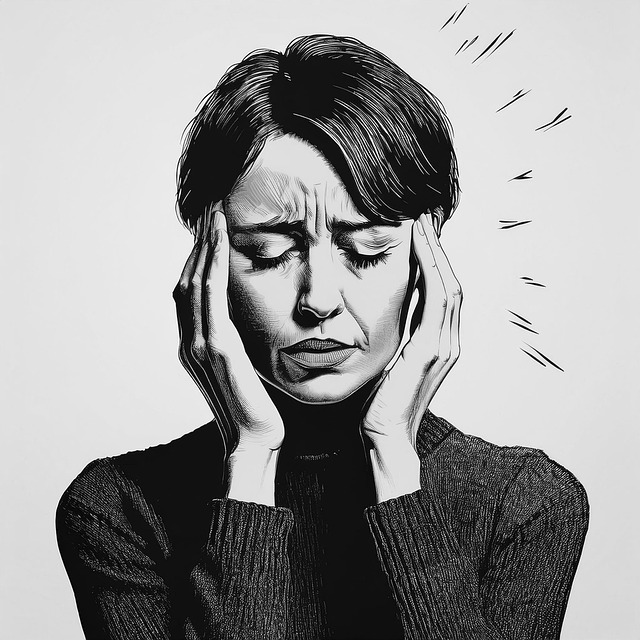Chiropractors offer effective non-invasive treatments for auto accident headache and migraine symptoms caused by whiplash injuries, combining manual therapy, adjustments, muscle release, trigger point therapy, education on posture and ergonomics, and dietary modifications to provide immediate relief and long-term strategies for prevention.
“Experience relief from headaches after a traumatic auto accident? Whiplash, a common injury, can lead to persistent head pain and migraines. This article delves into understanding the intricate link between whiplash and its impact on your head, offering practical insights. Discover effective chiropractic-recommended treatments tailored for auto accident headache relief. Explore proven strategies to manage migraines post-whiplash, empowering you to reclaim your well-being.”
- Understanding Whiplash and Its Impact on Headaches
- Chiropractor-Recommended Treatments for Auto Accident Headache Relief
- Effective Strategies to Manage Migraines Post-Whiplash
Understanding Whiplash and Its Impact on Headaches
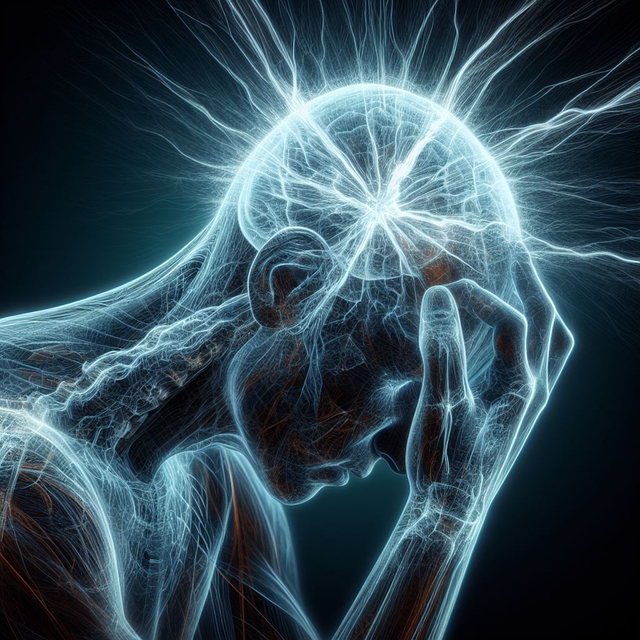
Whiplash is a common condition that occurs after an auto accident, often resulting from sudden and forceful back-and-forth movements of the neck. This can lead to various symptoms, including intense auto accident headaches and migraines. The impact of whiplash on the head and neck can cause strain and inflammation in the muscles, ligaments, and nerves surrounding these areas, directly contributing to headache onset or exacerbation. Chiropractors are often sought after for their expertise in diagnosing and treating such conditions, offering effective solutions for auto accident headache relief through a range of treatments tailored to each patient’s needs, including manual therapy, adjustments, and exercises designed to reduce pain and restore function.
Chiropractor-Recommended Treatments for Auto Accident Headache Relief
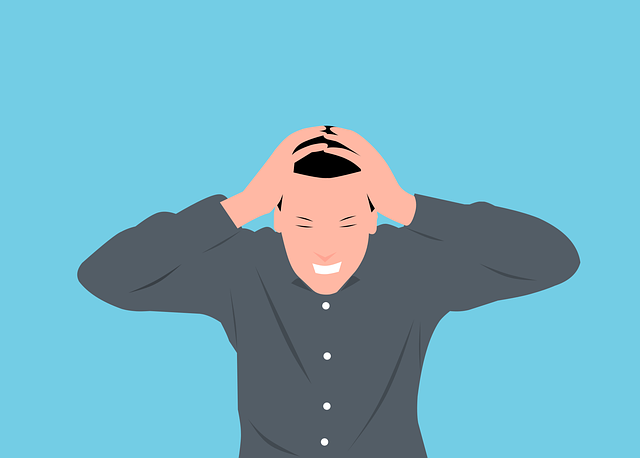
Chiropractors often recommend a combination of non-invasive, drug-free treatments for auto accident headache relief, specifically targeting migraines and chronic pain stemming from whiplash injuries. These treatments typically include adjustments to the spine, muscles, and joints to improve overall alignment and reduce nerve irritability.
One such approach is spinal manipulation, where a chiropractor applies controlled, precise force to correct misalignments, enhancing the body’s natural healing ability. Additionally, they may employ specialized techniques like muscle release or trigger point therapy to alleviate tension and headaches associated with auto accidents. Chiropractors also emphasize patient education on posture, ergonomics, and stress management as integral parts of a holistic migraine treatment plan.
Effective Strategies to Manage Migraines Post-Whiplash

After a car accident, experiencing recurring headaches or migraines can be debilitating. Many victims turn to chiropractors for effective relief from post-whiplash symptoms, including auto accident headache and migraine treatments. Chiropractors utilize various techniques tailored to each patient’s needs, focusing on alleviating pain, reducing inflammation, and restoring proper alignment.
One of the key strategies involves manual adjustments to the spine, targeting areas affected by whiplash. Additionally, chiropractors may recommend specific exercises, thermal therapies, or even diet modifications to manage migraines more holistically. These treatments not only provide immediate relief but also empower patients with long-term tools to prevent and manage future headaches associated with whiplash injuries.
Whiplash can lead to persistent headaches and migraines after an auto accident, but there are effective treatments available. Chiropractors recommend a combination of manual adjustments, targeted exercises, and lifestyle changes to alleviate pain and restore function. For those suffering from migraines post-whiplash, adopting these evidence-based strategies can significantly improve quality of life. If you’re dealing with auto accident headache symptoms, consulting a chiropractor for personalized migraine treatments may be the first step towards finding lasting relief.
